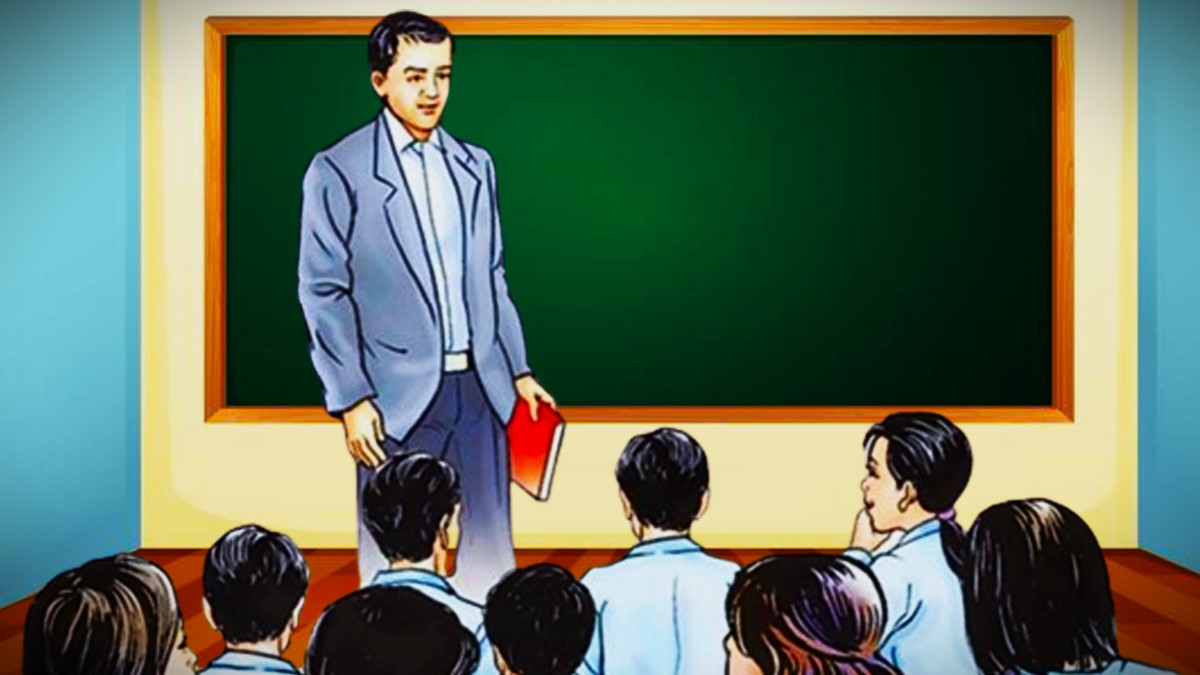The recently released Secondary Education Examination (SEE) results have once again highlighted the stark realities of Nepal’s education system. Out of 464,785 students who appeared for the exam, a staggering 52.14% failed to secure any grades, classified as non-graded. This outcome underscores a systemic issue that cannot be ignored any longer.
Despite efforts to reform with the introduction of the grading system in 2016, the results remain reminiscent of the old School Leaving Certificate (SLC) days—a disappointing revelation after eight years of experimentation. The core problem lies not just in the assessment method but in the fundamental flaws of our teaching-learning practices.
Rural students, the majority of whom lack timely access to course materials and face severe teacher shortages, bear the brunt of these systemic failures. The digital divide exacerbated by the pandemic further marginalized them, highlighting the disparity between urban and rural educational opportunities.
It’s evident that a national exam format fails to accommodate Nepal’s diverse linguistic, ethnic, and regional realities. The one-size-fits-all approach disregards the unique strengths and challenges of students across the country. Moreover, with federalism mandating local management of education, there’s a pressing need for tailored educational strategies that cater to diverse needs, including technical and vocational education pathways.
The time for cosmetic changes has passed. Nepal urgently needs a comprehensive overhaul of its education system—a shift from competitive exams towards holistic learning and growth. This overhaul must address infrastructure gaps, teacher shortages, and the digital divide to ensure equitable access to quality education nationwide.
As we move forward, let’s seize this moment to redefine what education means for Nepal. It’s not just about passing exams; it’s about empowering every student to thrive, regardless of their background or geographic location. Only then can we truly build a future where education is a beacon of opportunity for all Nepali youth.



Comments